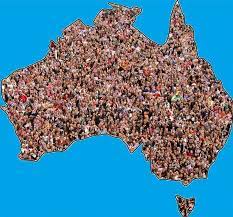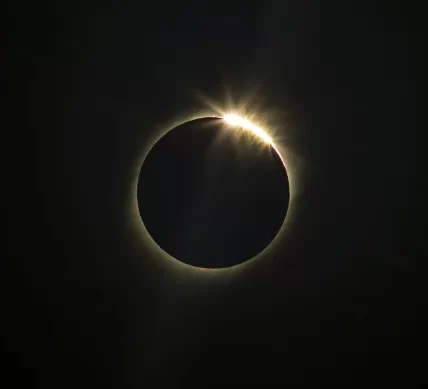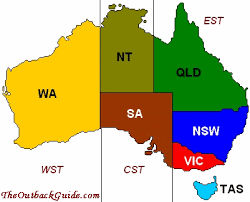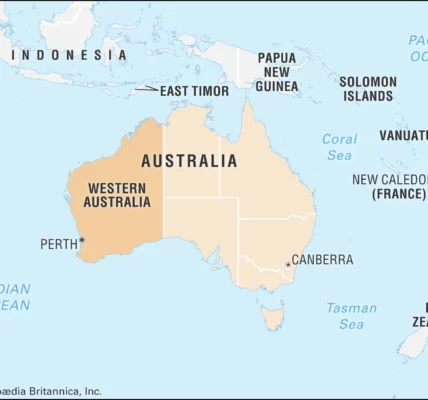Understanding Western Australia’s Demographics
Western Australia, the largest state by land area in Australia, is not just vast in its geographical expanses but also diverse in its population. This blog post delves into the population of Western Australia, exploring its growth, composition, and the factors that contribute to its unique demographic landscape.
Current Population Estimates
As of 2023, the estimated population of Western Australia is approximately 2.7 million people. This figure represents a steady growth from previous years, reflecting both natural increase (births minus deaths) and migration from other parts of Australia and internationally.
Perth: The Demographic Hub
The majority of Western Australia’s population resides in Perth, the state capital. Perth is known for its vibrant urban culture, booming economy, and the high quality of life it offers, making it an attractive destination for both Australians and expatriates. The greater Perth area houses around 2 million people, which is about three-quarters of the state’s total population.
Regional Populations
Beyond Perth, Western Australia’s population is spread across a number of regional towns and rural areas. These regions, including places like Broome, Geraldton, and Albany, have smaller but significant populations and contribute to the state’s economic and cultural diversity.
Diversity and Multiculturalism
Western Australia is characterized by its multiculturalism. With a significant portion of its population born overseas, the state is home to a rich blend of cultures, languages, and ethnic backgrounds. This diversity is a result of both historical migration patterns and recent immigration trends.
Indigenous Population
The Indigenous population is an integral part of Western Australia’s demographic makeup. Indigenous communities, including the Noongar people in the southwest and various groups in the Kimberley region, have deep-rooted histories and cultures that are vital to the state’s identity.
Economic and Social Impacts
The population of Western Australia has significant implications for the state’s economy, social structure, and infrastructure. Population growth drives demand in sectors like housing, education, and healthcare, and shapes policy and planning decisions.
Future Projections
Looking ahead, Western Australia’s population is expected to continue growing. This growth is anticipated to be fueled by factors like economic opportunities, lifestyle appeal, and ongoing migration.
In Conclusion
The population of Western Australia is a dynamic and evolving aspect of the state, reflecting a blend of historical trends and contemporary shifts. Understanding its demographic profile is key to appreciating the state’s challenges, opportunities, and the rich tapestry of its community.



